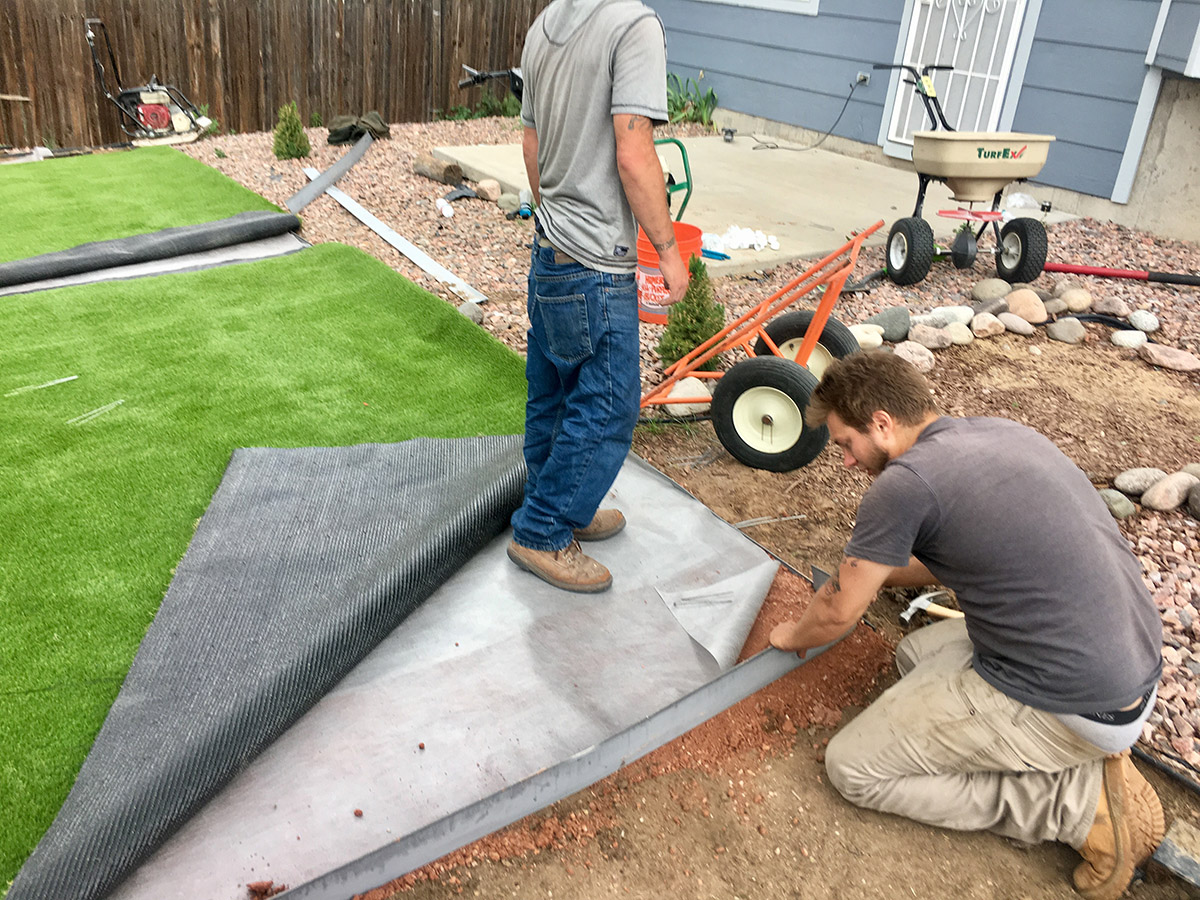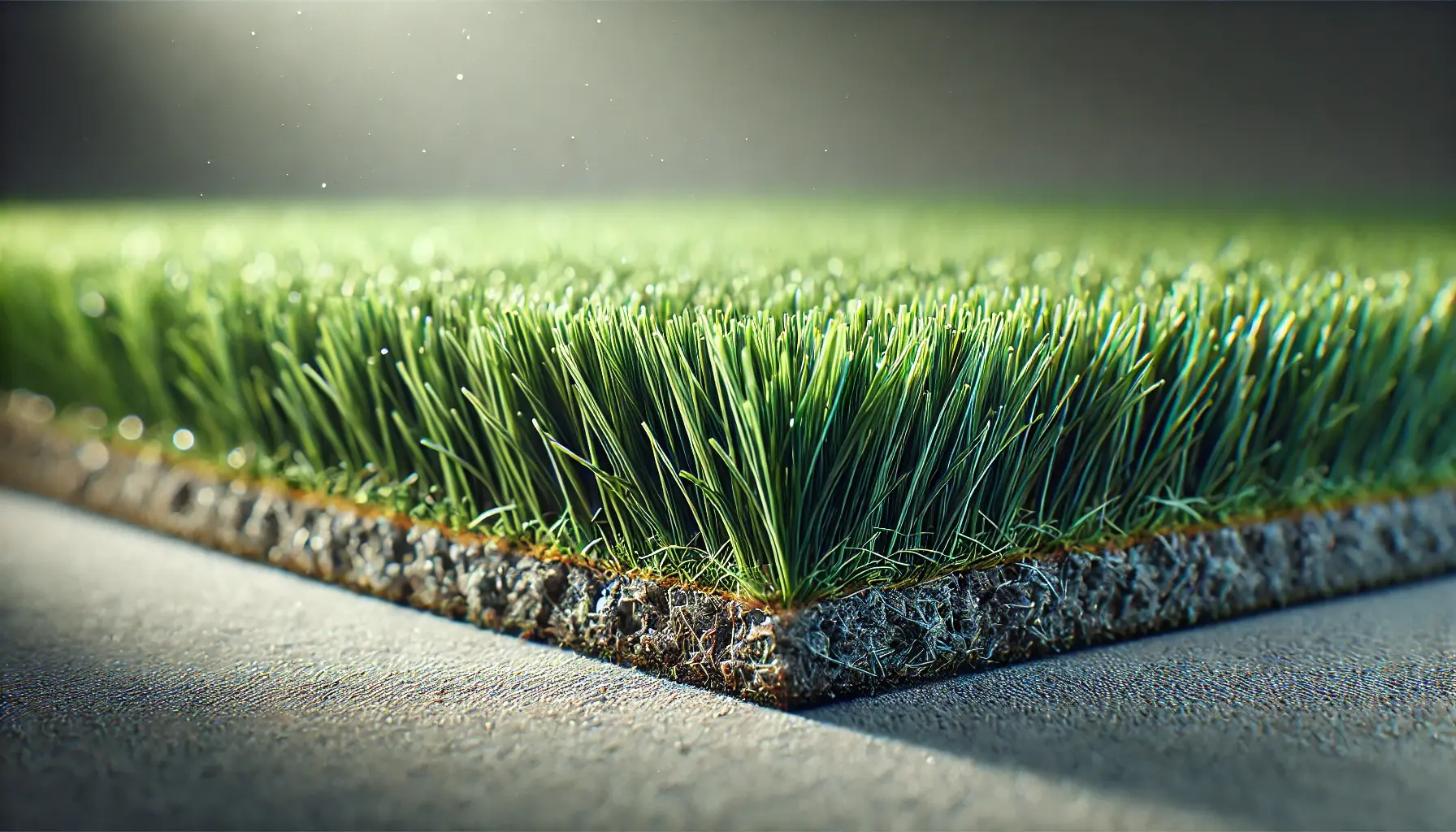Top-Grade Arizona Turf Solutions for a Attractive and Green Landscape
Top-Grade Arizona Turf Solutions for a Attractive and Green Landscape
Blog Article
Delve Into the Environmental Benefits of Opting for Synthetic Grass Solutions
The fostering of synthetic grass solutions presents a compelling opportunity to address pushing environmental challenges. By significantly lowering water use and decreasing the application of damaging chemicals, these alternatives not just advertise lasting landscaping yet likewise secure local environments. Moreover, the reduced carbon impact associated with lowered maintenance tasks contributes to a more lasting technique to land administration. The effects of these advantages expand past simple preservation efforts, increasing questions concerning their long-term impact on habitat conservation and general environmental equilibrium. Checking out these measurements discloses a complex interaction worth taking into consideration.
Water Preservation Benefits
Among the most significant advantages of synthetic turf is its capability to conserve water. Standard lawn lawns need considerable irrigation, particularly in areas susceptible to drought or water constraints. In contrast, synthetic grass does not require watering, significantly reducing the total need for water resources. This attribute is especially useful in deserts where water scarcity is a pressing worry.
By removing the demand for routine watering, synthetic grass adds to lasting landscape methods and helps reduce the ecological influence of extreme water usage. In addition, the preservation of water reaches the reduction of drainage, which can lead to soil erosion and waterway contamination.
Additionally, the installment of synthetic turf enables towns and home owners to allocate water resources more efficiently, concentrating on important usages such as drinking water and farming. The shift towards synthetic grass not just advertises accountable water use but additionally lines up with wider environmental goals intended at preserving all-natural resources.
As neighborhoods significantly focus on sustainability, the water preservation advantages of synthetic grass provide an engaging instance for its adoption in property and industrial landscaping jobs.
Reduced Chemical Use
The transition to man-made turf substantially lowers the dependence on chemical treatments typically utilized in natural turf maintenance. Traditional grass administration usually entails the application of chemicals, herbicides, and plant foods to promote growth and control insects. These chemicals can posture risks to human health, regional wildlife, and the environment, adding to soil and water contamination.
In comparison, fabricated turf gets rid of the requirement for these hazardous materials. By decreasing the release of synthetic substances right into the community, fabricated turf promotes healthier soil and water systems.
Moreover, the lack of chemical drainage connected with fabricated lawn installations aids shield neighborhood waterways from contamination, supporting aquatic life and preserving biodiversity. Artificial turf companies phoenix. As communities significantly focus on sustainable techniques, selecting fabricated grass offers a sensible remedy that lines up with environmental preservation goals. Via this shift, homeowner can enjoy rich environment-friendly areas without endangering ecological health and wellness, leading the means for an extra sustainable future
Lower Carbon Impact

In addition, the installation of fabricated turf can lead to significant water conservation. All-natural grass require considerable quantities of water for watering, which not only adds to the carbon footprint linked with water extraction and treatment however additionally strains regional water sources. On the other hand, artificial turf requires marginal upkeep, calling for no watering, therefore dramatically reducing water usage and its associated energy prices.
Furthermore, the long life of fabricated grass adds to its lower carbon influence. With a life-span of approximately 15 years or more, the need for frequent replacements is diminished, resulting in less waste and lower power intake in production and throwing away typical lawn options. Generally, synthetic grass presents a lasting alternative for eco mindful landscape design.
Environment Preservation
Habitat preservation is an essential factor to consider in the discussion over landscape design options, particularly when contrasting synthetic grass to all-natural grass. Natural yard yards commonly need substantial upkeep, including the use of fertilizers, chemicals, and herbicides, which can adversely influence neighborhood environments. These chemicals can seep into the dirt and waterways, hurting indigenous plants and animals and interrupting neighborhood environments.
Fabricated lawn eliminates the requirement for harmful chemicals, thus securing close-by wild animals and keeping the honesty of bordering ecological communities. The installment of synthetic turf can lead to the conversion of former grass locations right into even more biodiverse landscapes, such as pollinator yards or native plant areas, which can support regional wildlife.
Ultimately, the transition to synthetic grass not just saves water and decreases maintenance efforts however likewise fosters a more unified relationship between human activities and the natural environment, advertising environment conservation in the procedure.
Long-Term Sustainability
Lasting sustainability is a critical aspect in examining the benefits of synthetic grass over traditional yard lawns. Among one of the most significant advantages of synthetic grass is its longevity; it can last as much as 15-20 years with minimal upkeep, whereas all-natural turf requires regular reseeding and substitute. This long life minimizes the need for consistent resources, such as water, fertilizers, basics and pesticides, which are crucial for preserving a healthy and balanced yard yard.
Additionally, synthetic grass adds to a decrease in carbon emissions connected with grass care devices. Traditional yards often need gas-powered mowers, trimmers, and blowers, every one of which contribute to air contamination. Phoenix turf companies. In contrast, synthetic grass eliminates the requirement for such tools, promoting a cleaner atmosphere
In addition, the manufacturing of synthetic grass increasingly uses recycled products, boosting its sustainability profile. As producers embrace eco-friendly techniques, the environmental footprint of synthetic grass continues to reduce.

Conclusion
The adoption of synthetic grass services provides considerable ecological advantages, including substantial water conservation, reduced dependence on damaging chemicals, and a lower carbon impact. Furthermore, synthetic grass help in protecting natural habitats by lessening land disruption and advertising long-lasting sustainability through using long lasting products. Jointly, these elements underscore the possibility of man-made lawn to add positively to environmental health and supply a viable option to conventional landscaping methods in a significantly resource-conscious world.
In contrast, man-made turf does not need watering, substantially reducing the total demand for water sources. By minimizing the launch click here to find out more of synthetic substances into the ecological community, man-made turf advertises healthier soil and water systems.
Moreover, the installation of man-made turf can result in considerable water preservation. In contrast, artificial grass requires marginal upkeep, needing no watering, thus dramatically decreasing water use and its connected official statement power costs.

Report this page